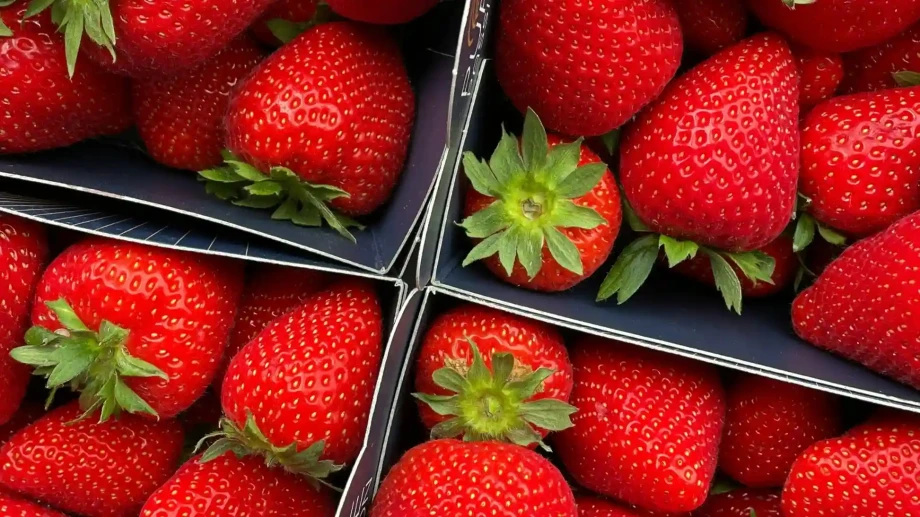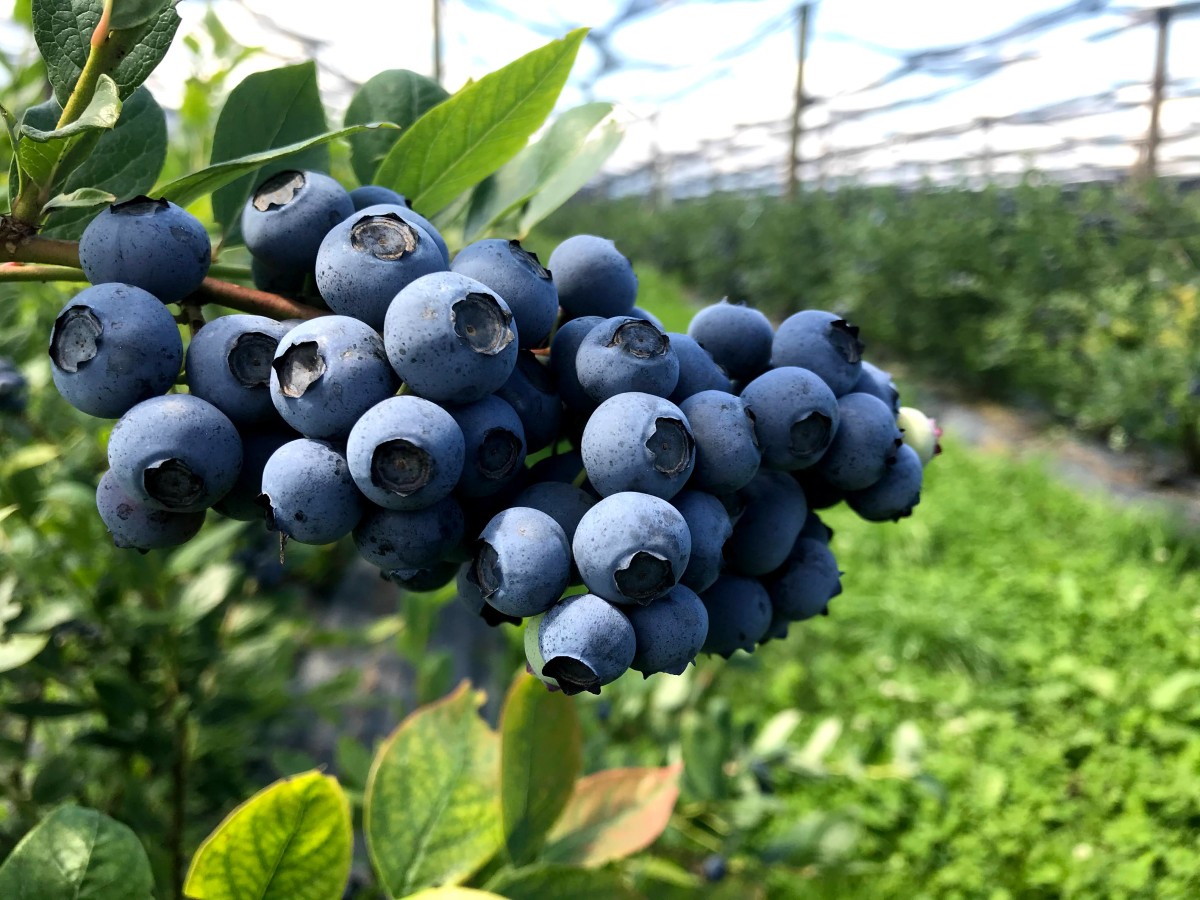California, which alone supplies 90% of the strawberries in the United States, is facing a critical crossroads. Although strawberries are the fourth most valuable crop in the state, generating more than $2 billion (approximately €1.87 billion) in 2020, growers are under pressure from a series of socioeconomic challenges that threaten their survival.
An in-depth study based on direct interviews with producers reveals a complex picture, where the race for productivity to cope with rising costs is paradoxically eroding profits across the entire industry.
The end of an era: farewell to chemical fumigants
For over fifty years, the California strawberry industry built its growth on the heavy use of chemical fumigants, particularly a mixture of methyl bromide and chloropicrin. This approach effectively controlled soil-borne diseases such as the fungus Verticillium dahliae, allowing growers to plant strawberries on the same land year after year.
However, the ban on methyl bromide in 2016—due to its harmful effects on the ozone layer—and increasing restrictions on other fumigants marked the end of an era.
Alongside these restrictions, new and fearsome soil pathogens such as Macrophomina phaseolina and Fusarium oxysporum have emerged, causing significant plant mortality and spreading concern among growers. This has made the search for non-chemical alternatives urgent, including the development of disease-resistant cultivars.
Socioeconomic pressures: a four-pronged squeeze
Although disease-resistant cultivars offer an ecologically promising solution, their adoption is hindered by a range of socioeconomic constraints that lead growers to prioritize other traits, mainly yield. Interviews highlighted four main areas of concern.
1. Land: scarce and expensive California’s coastal areas, with their mild climate and sandy soils, are ideal for strawberry cultivation, allowing for unusually long harvest seasons. However, this same land is extremely expensive and limited, also due to urban development pressures and financial speculation.
Rental costs have skyrocketed, forcing farmers to maximize crop value per acre to stay competitive. This drives them to choose the most productive varieties, even at the expense of disease resistance. As one grower put it: "The only thing that can lower our costs is yield."
2. Labor: scarce and increasingly expensive Strawberry harvesting is highly labor-intensive, accounting for up to 60% of total costs. Growers face a dual challenge: a shortage of workers, worsened by stricter border controls, and rising wage costs due to new minimum wage and overtime laws in California.
Markets, intermediaries, and overproduction
In this context, high-yielding cultivars become a tool to attract and retain workers. Since pickers are often paid by the piece (based on the number of boxes harvested), fields with large, easy-to-pick fruits allow them to earn more in less time.
However, some growers noted that overly productive varieties can backfire in a labor shortage context, as it becomes impossible to harvest all fruits before they over-ripen.
3. Market intermediaries (shippers): power and diverging priorities Most commercial growers do not sell directly but rely on intermediaries, known as "shippers", who manage cooling, packaging, and distribution.
These intermediaries—whose numbers have consolidated over time—hold significant power, often dictating terms. Their priorities focus on aesthetic traits such as size, shape, color, and shelf life, which they consider critical for marketing purposes.
Sometimes, they require growers to use specific proprietary cultivars, for which farmers must pay costly royalties, limiting their freedom to choose varieties better suited to their soil conditions, such as disease-resistant ones.
4. Market conditions: the "productivity trap" The biggest and most paradoxical challenge is what researchers describe as a “death spiral.” Each grower's individual push to maximize yields to cover land and labor costs has led to overproduction at the industry level.
This surplus has kept selling prices stagnant, despite rising production costs. Growers clearly recognize the problem: "The new varieties are much more productive... so we're hurting ourselves with overproduction," one interviewee stated.
While high-yielding varieties are seen as essential for individual economic survival, collectively they are undermining the sector’s profitability—a classic collective action problem.
Resistant cultivars: not a sufficient solution
In this scenario, disease-resistant cultivars alone do not address the most pressing concerns of most growers. As long as fumigation, albeit limited, remains an option, economic challenges related to land, labor, and low prices appear more daunting than soil-borne diseases.
Nonetheless, research continues. New breeding programs—such as those led by the University of California—are aiming to develop varieties that combine disease resistance with high yield, flavor, and other desirable agronomic traits, such as reduced runner production (which requires labor to remove).
The study suggests that fostering a transition to more sustainable practices, including resistant cultivars, requires more than technological solutions. It would also require mitigating external pressures on growers, for example through income support policies or supply management mechanisms to prevent overproduction and sustain prices.
Without collective action and systemic change, California strawberry growers will remain trapped in a productivity race that, in the end, may have no winners.
Source: Guthman J and Jiménez-Soto E (2021) Socioeconomic Challenges of California Strawberry Production and Disease Resistant Cultivars. Front. Sustain. Food Syst. 5:764743. doi: 10.3389/fsufs.2021.764743
Image source: Unsplash













